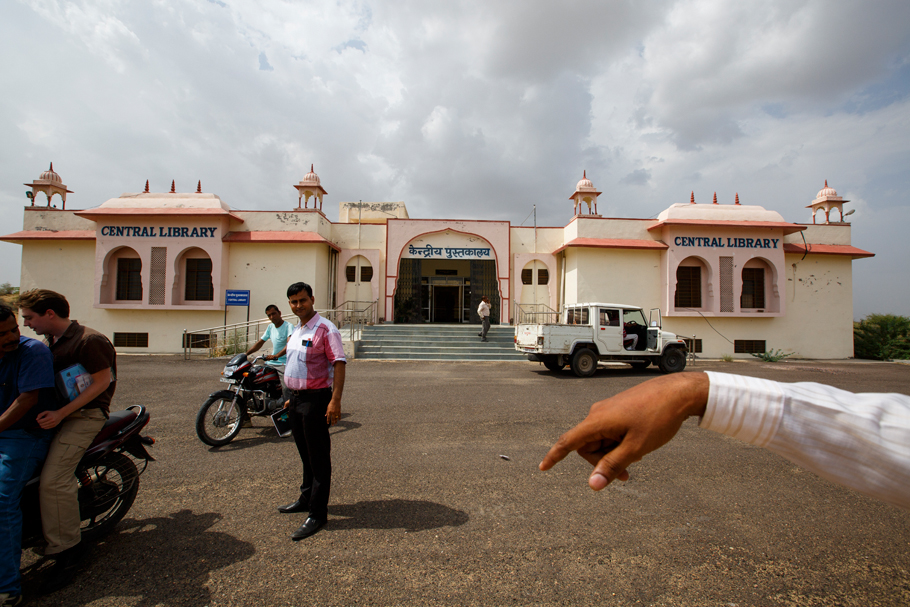After a 5:00am morning walk along the beach road in Vishakapatnam, when they close the street to motor vehicle traffic and pedestrians and bicyclists take over the 4-lane road, we headed up to the tribal area in Araku Valley outside the city accompanied by a professor from GITAM University who grew up in one of the tribes. The windy mountain road was lined with monkeys sitting in the sun and scenic views at every turn. The area has become somewhat of a tourist area for Indians after the government helped the villages modernize with supplying subsidized building materials for homes and supporting the coffee bean industry in the mountains. We stopped a few times along the drive and unexpectedly and quite graciously got invited inside for tea and fresh mango while all of the children wanted to hi-five and play cricket. I could have stayed much longer but we had to leave so we could get back down before nightfall.

Beach road, Vishakapatnam.


On the coffee plantation in the mountains.

Tribal dancers of Araku Valley.



The past two days have been non-stop traveling. We left
Jaipur and drove five hours into the desert, only 120 kilometers from the
Pakistan border, to Binaker. Along the drive the colors and scenery were unlike
anything I’d seen before with farmers using camels to plow fields and villages
of straw huts. I would have stopped the car every 10 minutes for photos if I
was driving. Our host, Dr. Padia, at Maharaja Ganga Singh University set us up
at the Gaj Kesri hotel in Bikaner, an amazing palace of a hotel, and gave us a
3-hour tour of the water systems in town.
The day after lecturing and touring their campus we traveled
to the Karni Mata Temple outside of the city. This temple, known as the rat temple, is famous for
the thousands of sacred rats that live freely around the inside but never leave. After
dropping our shoes off outside we walked through barefoot with the other guests
to the temple, avoiding the rats and trying to look for the white ones which
mean good luck to the person who spots them.
After dinner at the home of the owner of the Gaj Kesri hotel
we rushed to board an overnight train back to Delhi with a cabin to sleep in
during the journey. Now we’re down south (with a stable internet connection) on the coast of the Indian Ocean in
Vishakapatnam for the next five days to visit a tribal area, lecture and conduct research before traveling back to Delhi.

A couple rides by our car as we leave the university in Jaipur.

An oasis for tea and snacks on the drive to Bikaner.

Professor McNamara meeting with local water experts and our host, Dr. Padia, after arriving in Bikaner.

The Gaj Kesri hotel in Bikaner.

The Gaj Kesri Hotel in Bikaner.

Maharaja Ganga Singh University.

Maharaja Ganga Singh University.

Maharaja Ganga Singh University.

Bikaner, India.

Visitors look around inside the rat temple.

Inside the rat temple.

One of the white rats inside of the temple.

Visitors look around inside the rat temple.

Visitors look around inside the rat temple.


The home where we ate dinner before leaving Bikaner.

Sunrise on the train to Delhi.

On the platform in Delhi.
Today was the first university lecture Dr. McNamara gave at Gyan Vihar. After a few meetings and many cups of tea we spent the last part of the day exploring campus and through the Chaki Dhani market in Jaipur. Learning the subtleties and not-so-subtleties of the culture, like how to cross the road, has been tough at times but also really fun and I thank our hosts here for being patient! Tomorrow we head out early into the unknown to Bikaner.






































